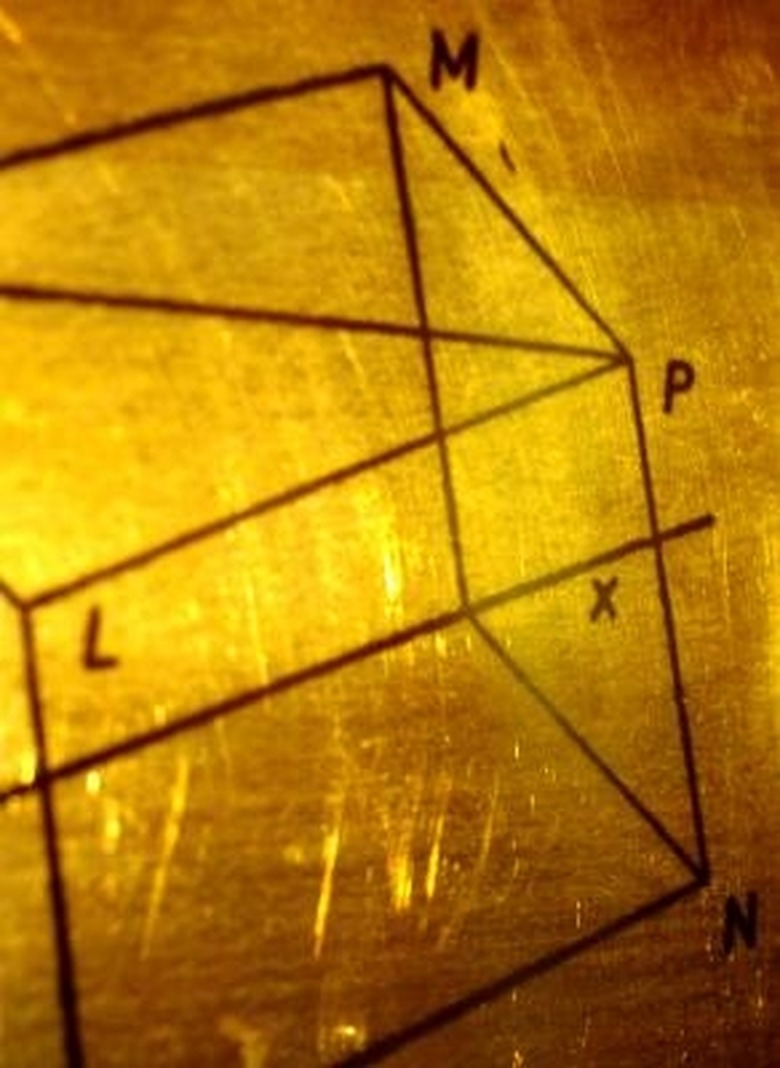How To Find A Parallel Line
To find a parallel line to a given line, you must know how to write an equation of a line. You must also know how to put the equation of a line in slope-intercept form. Additionally, you must know how to identify the slope and the Y-intercept in the equation of a line. It is important to remember that parallel lines have equal slopes. Learn how to be able to find a parallel line.
Step 1
Look at the equation of the line. Let's say "3x + y = 8" is the equation of the given line. Put the equation of the given line in slope-intercept form: y = mx + b. Using "3x + y = 8" as the equation of the given line, put the equation in slope-intercept form by solving for "y" (subtracting -3x from both sides). You will get "y = -3x + 8."
Step 2
Identify the slope. The slope is the "m" in "y = mx + b." Therefore, the slope in "y = -3x + 8 (slope-intercept form of the given line)," is -3. Identify the y-intercept. The y-intercept is the b in "y = mx + b." Therefore, the y-intercept in "y = -3x + 8 (slope-intercept form of the given line)," is 8.
Step 3
Change the y-intercept to any constant number. This will yield a parallel line since you will not change the slope or anything else in the equation. The slopes of parallel lines are equal. Using the given equation of a line "y = -3x + 8 (slope-intercept form)," change the y-intercept of 8 to a 9. You will get "y = -3x + 9 (slope-intercept form)." The parallel line is "y = -3x + 9 (slope-intercept form)." This means that "y = -3x + 9 (slope-intercept form)" is parallel to "y = -3x + 8 (slope-intercept form)."
References
Cite This Article
MLA
Sanders, Brenda. "How To Find A Parallel Line" sciencing.com, https://www.sciencing.com/parallel-line-5124239/. 24 April 2017.
APA
Sanders, Brenda. (2017, April 24). How To Find A Parallel Line. sciencing.com. Retrieved from https://www.sciencing.com/parallel-line-5124239/
Chicago
Sanders, Brenda. How To Find A Parallel Line last modified March 24, 2022. https://www.sciencing.com/parallel-line-5124239/
